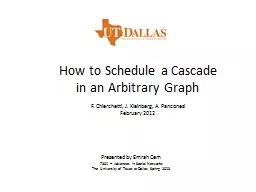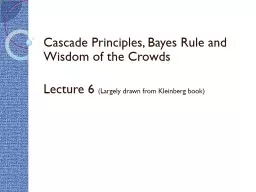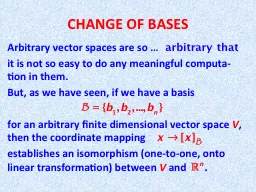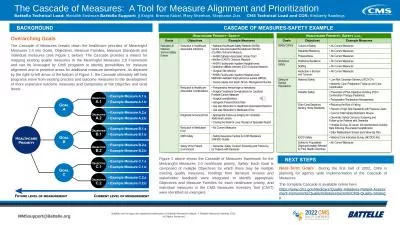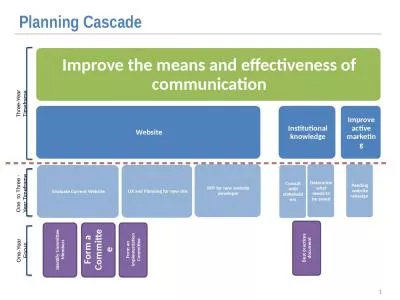PPT-How to Schedule a Cascade in an Arbitrary Graph
Author : cheryl-pisano | Published Date : 2017-09-09
F Chierchetti J Kleinberg A Panconesi February 2012 Presented by Emrah Cem 7301 Advances in Social Networks The University of Texas at Dallas Spring 2013
Presentation Embed Code
Download Presentation
Download Presentation The PPT/PDF document "How to Schedule a Cascade in an Arbitrar..." is the property of its rightful owner. Permission is granted to download and print the materials on this website for personal, non-commercial use only, and to display it on your personal computer provided you do not modify the materials and that you retain all copyright notices contained in the materials. By downloading content from our website, you accept the terms of this agreement.
How to Schedule a Cascade in an Arbitrary Graph: Transcript
Download Rules Of Document
"How to Schedule a Cascade in an Arbitrary Graph"The content belongs to its owner. You may download and print it for personal use, without modification, and keep all copyright notices. By downloading, you agree to these terms.
Related Documents

